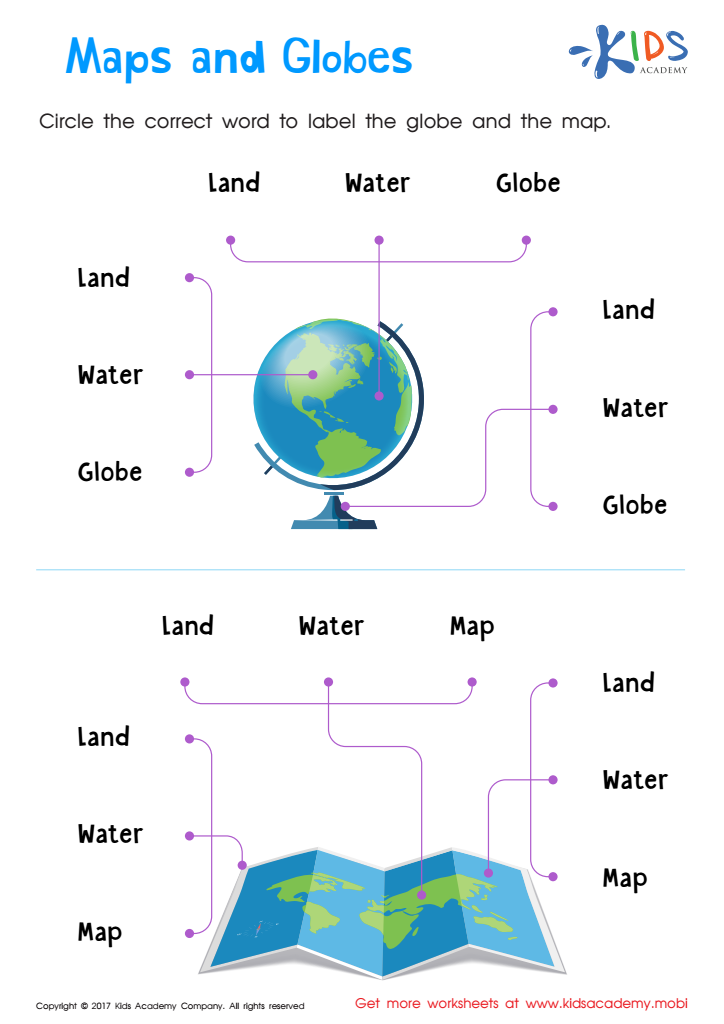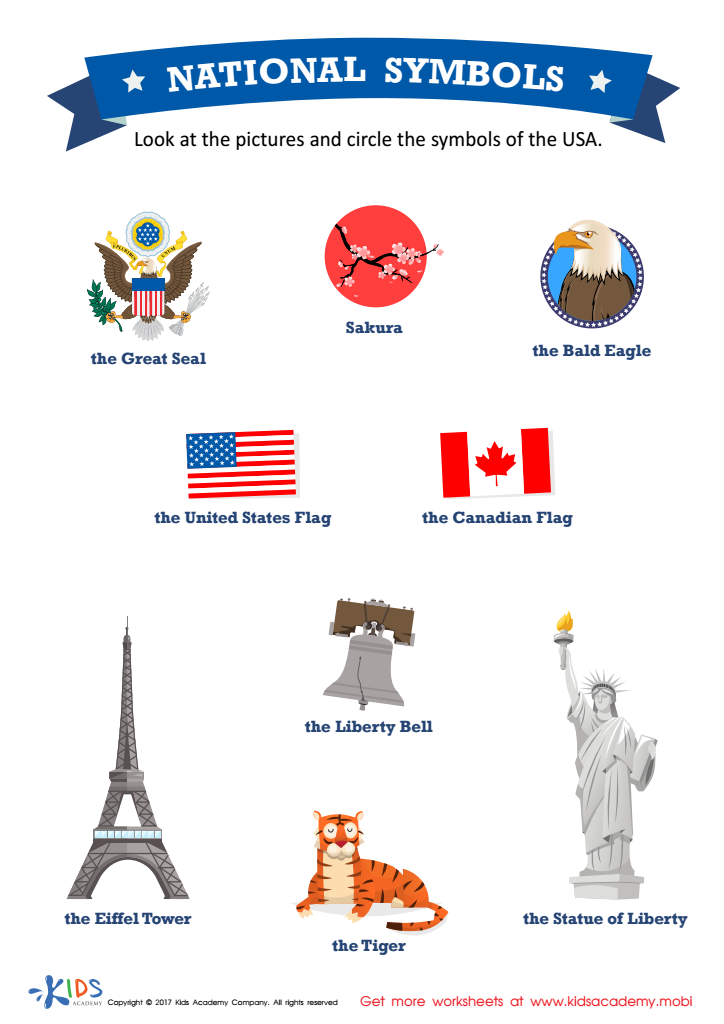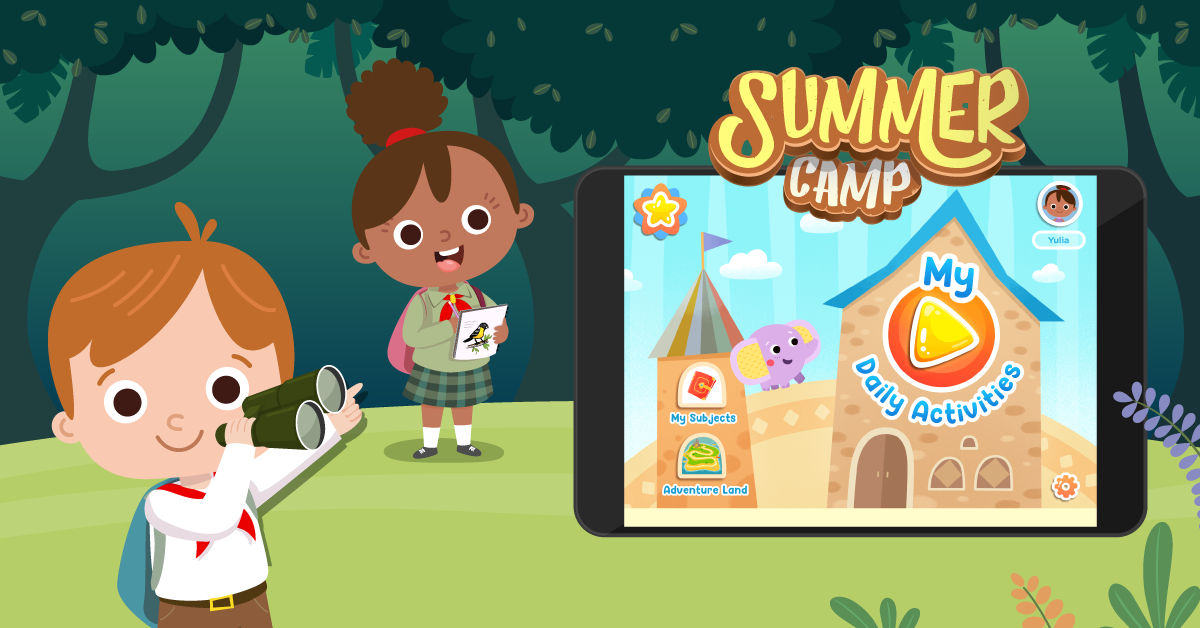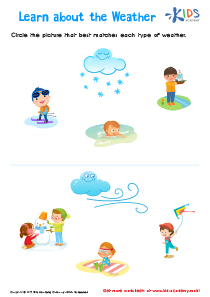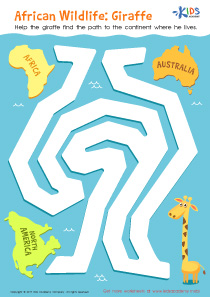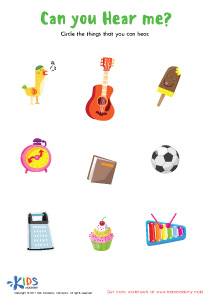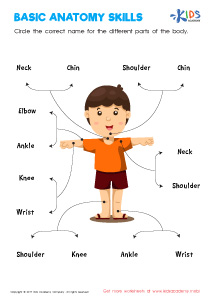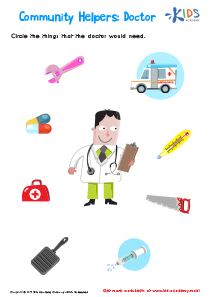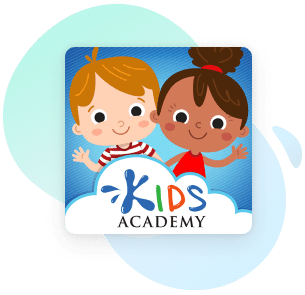Normal Geography Worksheets for Ages 5-8
11 filtered results
Difficulty Level
Grade
Age
-
From - To
Subject
Activity
Standards
Favorites
With answer key
Interactive
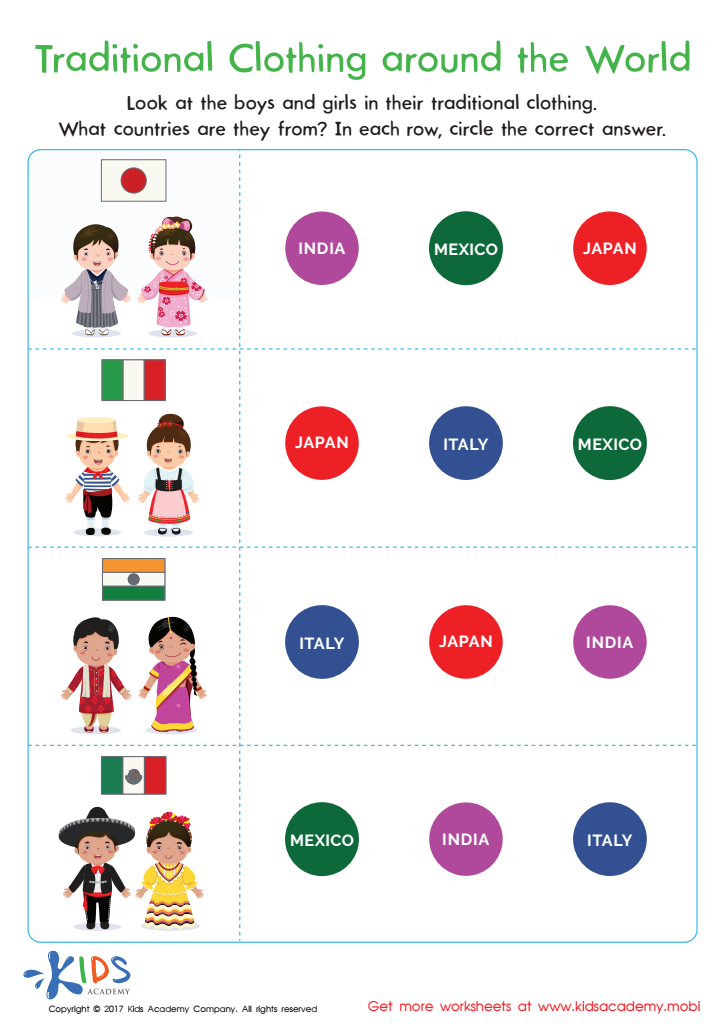

Traditional Clothing Worksheet
Introduce your child to cultures around the world with this illustrated traditional clothing printable worksheet! It will help them to recognize clothing, national flags and cultures from different countries, fostering an appreciation and love for all. It's a joyful way to learn and recognize the differences of people from around the world!
Traditional Clothing Worksheet
Worksheet
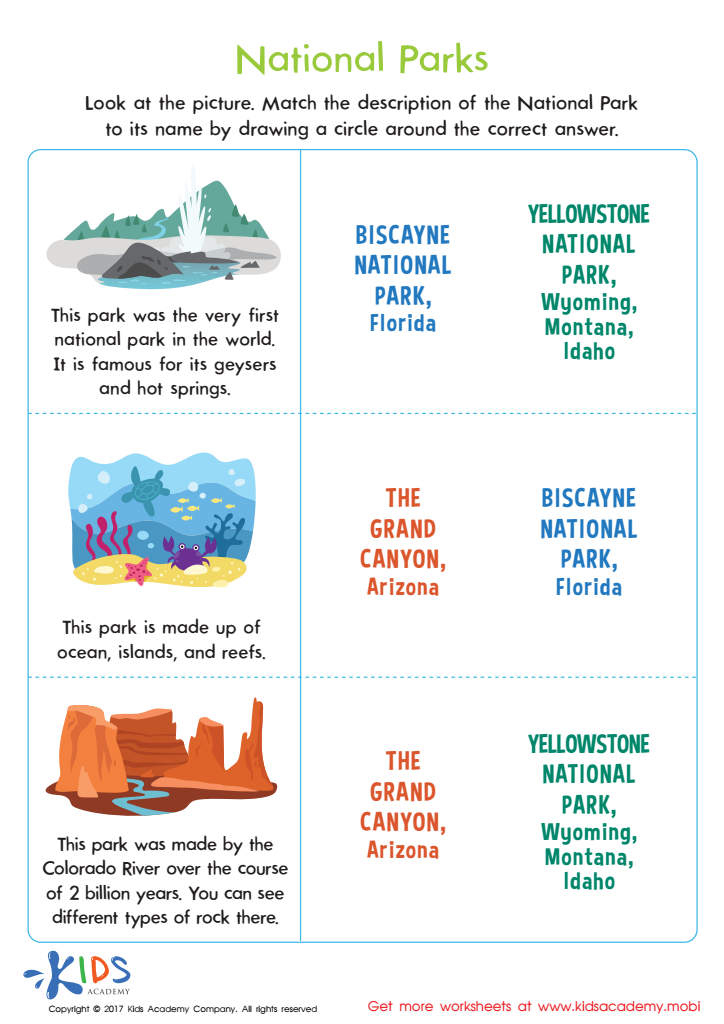

National Parks Printable
Introduce your child to the iconic US national parks with this worksheet! It teaches them important facts and features, and helps them explore the parks from home. Plus, extend their learning with real images from the parks!
National Parks Printable
Worksheet
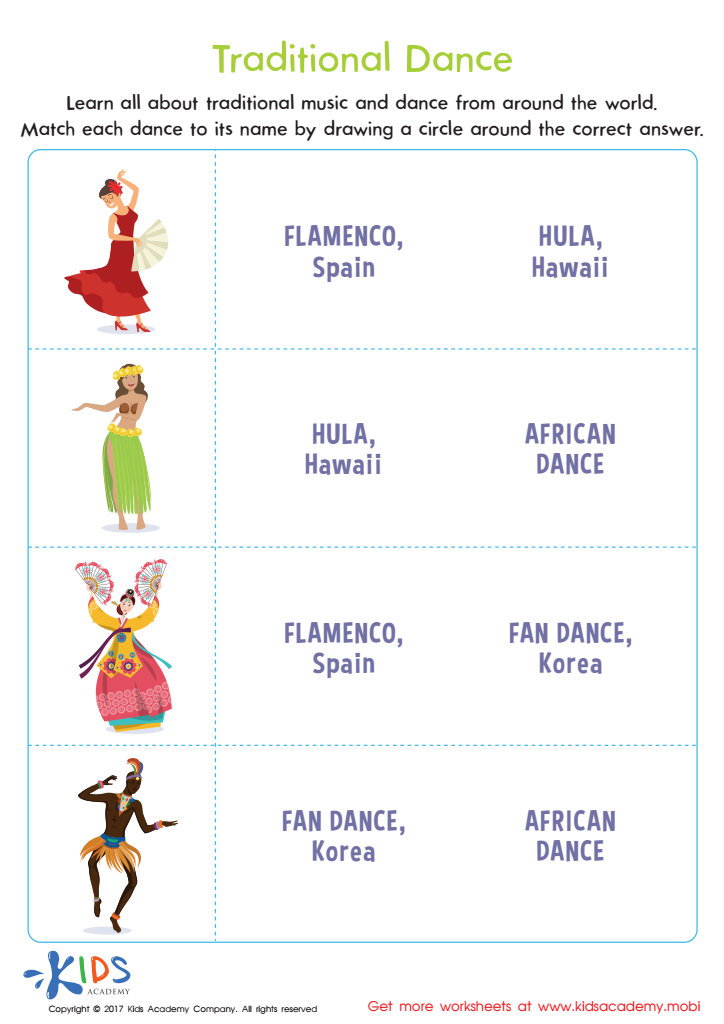

Traditional Dance Printable
Introduce your child to traditional dances from across the globe with this worksheet. They'll learn to identify dances from different cultures, use their critical thinking skills and build an appreciation for different cultures. Let’s help kids to appreciate people’s differences and explore the world with this fun, colorful worksheet.
Traditional Dance Printable
Worksheet


Bald Eagle Facts Worksheet
Teach your child to appreciate the beauty of bald eagles with this printable worksheet. It will help them to understand how they live and what they eat, as well as the importance of the bird as a national symbol. Take their learning to the next level by explaining the symbolism of the bird, and help them to develop a sense of respect.
Bald Eagle Facts Worksheet
Worksheet
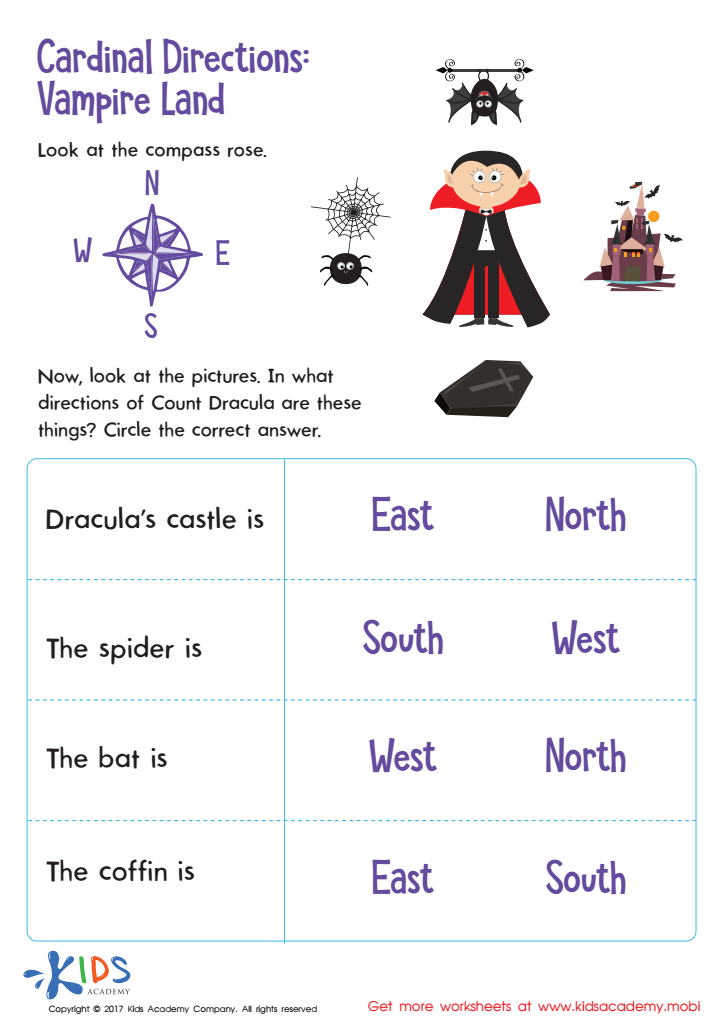

Cardinal Directions Printable
Perfect for fall, let's go to Transylvania with Count Dracula to learn cardinal directions. This printable worksheet introduces the compass rose and offers valuable practice. Kids will love the fun vampire theme! Get them motivated and help them discover the world with this spooky worksheet.
Cardinal Directions Printable
Worksheet
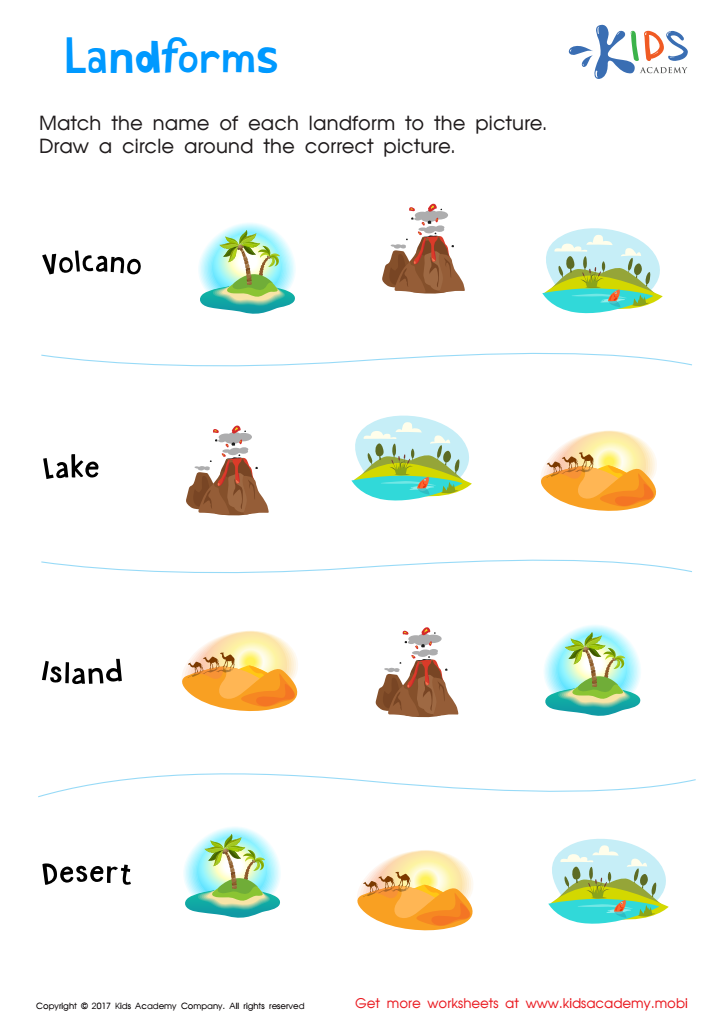

Landforms Printable
Guide them with this worksheet and unlock the door to exploration. Introduce your child to different landforms with this printable worksheet to help them understand different terrain. It encourages critical thinking and knowledge application so they can form an appreciation for the world. Open the door to exploration today!
Landforms Printable
Worksheet
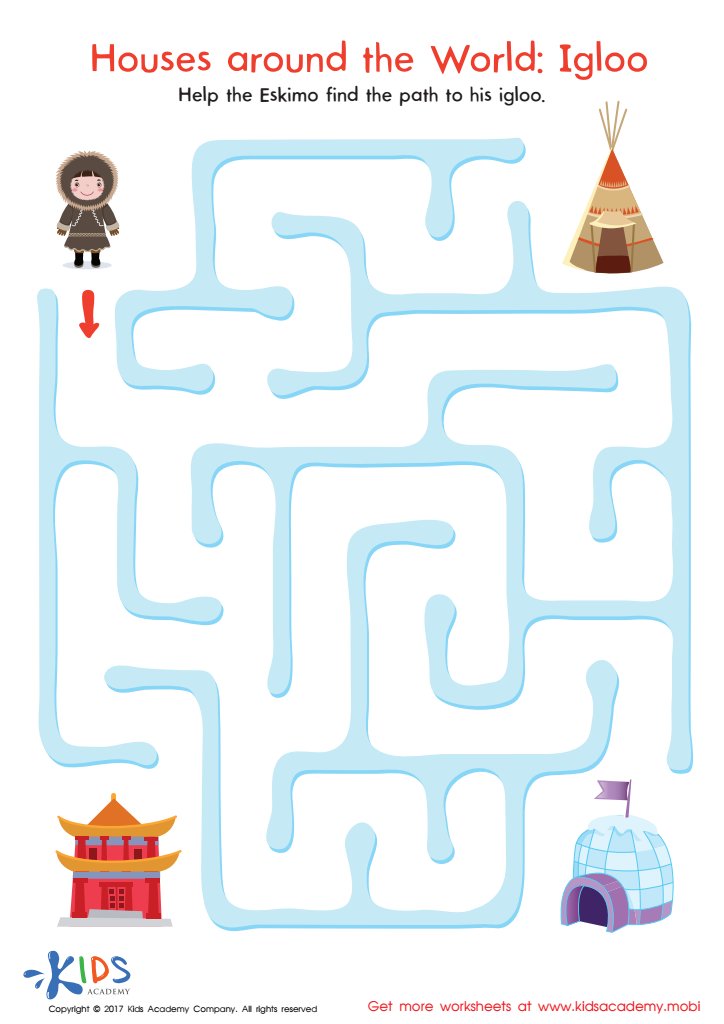

Houses Around the World: Igloo Printable
Print out the igloo maze worksheet and help the Eskimo find his way home. Along the way, you’ll discuss different types of houses. A perfect way to practice thinking skills!
Houses Around the World: Igloo Printable
Worksheet
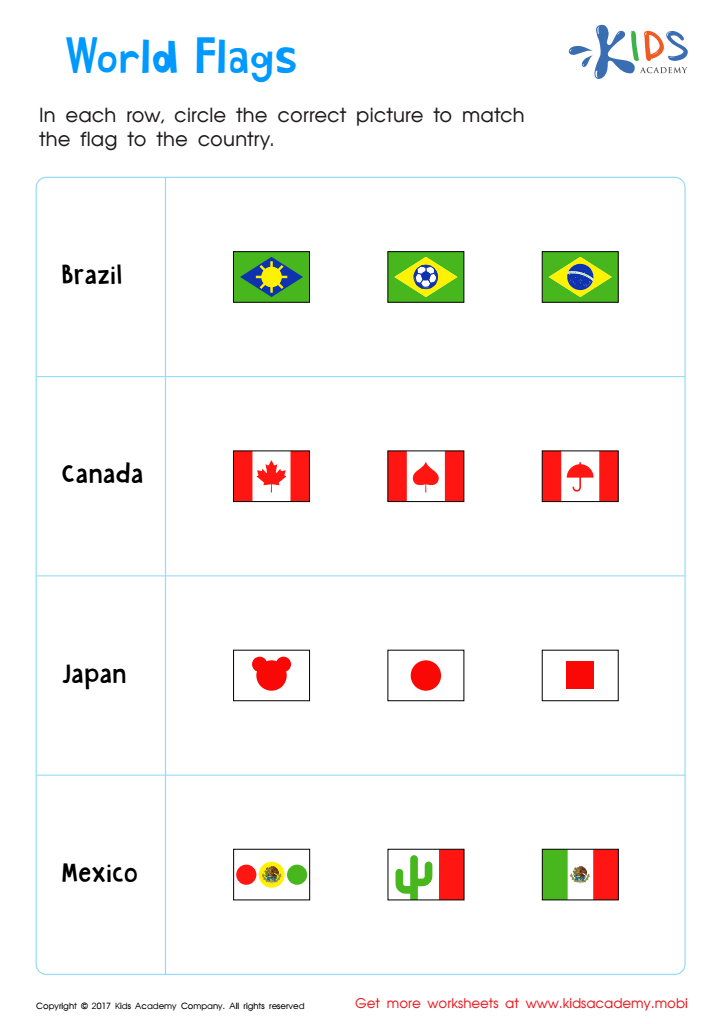

World Flags Printable
Introduce your child to a world of culture with this printable flags of the world worksheet! They'll gain observation skills, an appreciation for different countries, and an understanding of foreign flags. Help your child develop a sharp eye for world flags with this fun and educational activity.
World Flags Printable
Worksheet


The Four Seasons Worksheet
Tell your child to circle things that remind them of each season. The tree has four squares, one for each season. Some things in each square match the season, others don't. Ask if any are out of place. Help them circle only items that remind them of that season.
The Four Seasons Worksheet
Worksheet
 Assign to the classroom
Assign to the classroom
